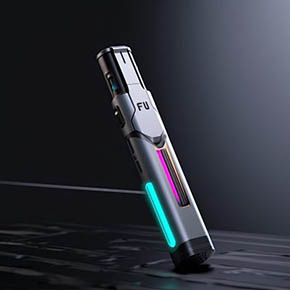XHL666
Survival of the fittest: Regulatory policies have raised the industry’s entry threshold and put forward strict requirements on the production qualifications, product quality, technical standards and other aspects of enterprises. Some small e-cigarette companies are facing the fate of being eliminated because they cannot meet regulatory requirements. Large enterprises, with their strong financial strength, advanced technology research and development capabilities and perfect quality management systems, are more likely to obtain relevant licenses and occupy an advantageous position in market competition. For example, in the production process, companies with large-scale production capabilities and strict quality control systems can better cope with regulatory requirements for product quality, thereby gaining more market share.
Change in product innovation direction:
Focus on technology research and development: Under regulatory requirements, companies will invest more energy and resources in technology research and development. On the one hand, companies are committed to improving the safety and reliability of e-cigarette products, strengthening research and improvement on battery safety, atomization technology, and smoke oil composition; on the other hand, companies are actively exploring new e-cigarette technologies and product forms, such as low-temperature non-combustion e-cigarettes and nicotine-free e-cigarettes, to meet the needs of different consumers. For example, some companies have developed e-cigarette products with intelligent temperature control functions, which can automatically adjust the temperature according to the user’s smoking habits and improve the user experience.




















